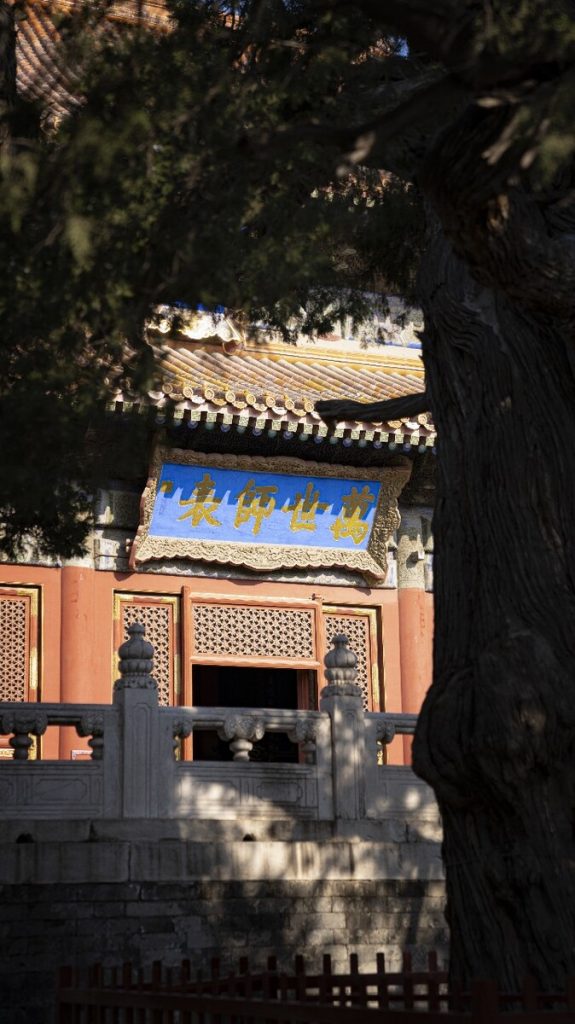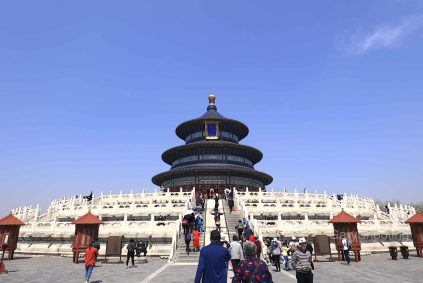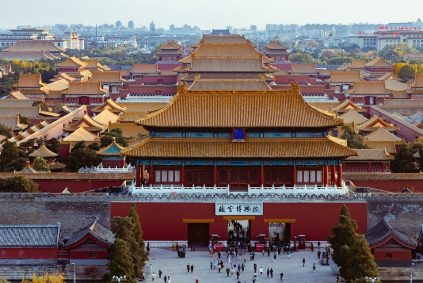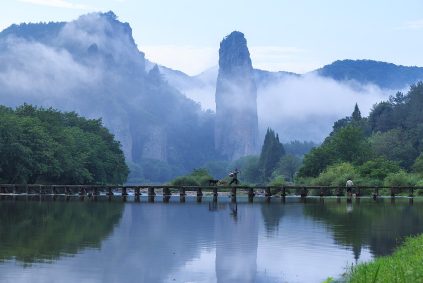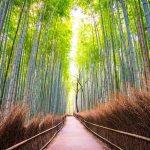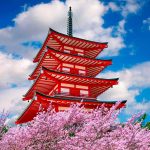Exploring Off-the-Beaten-Path Attractions in Beijing: Entry Fees and Local Spending Insights
Beijing’s lesser-known attractions offer a quieter, more authentic glimpse into the city’s history and culture. While these sites often lack the crowds of major landmarks, they still involve entry costs and opportunities for local spending. Understanding these expenses helps travelers budget effectively while discovering hidden gems. Here’s a guide to navigating门票 (entry fees) and related expenses at these unique destinations.
Historic Hutongs and Courtyard Homes: Preserved Neighborhoods with Cultural Depth
Many of Beijing’s hutongs—narrow alleyways lined with traditional courtyard houses—are free to explore on foot or by bike, allowing visitors to wander through centuries-old architecture at their own pace. Tuttavia, some preserved hutong areas or restored courtyard museums charge nominal fees to maintain their structures and exhibits. These fees often include access to guided tours led by local residents, who share stories about daily life in historic times. Nearby tea houses or family-run restaurants in these neighborhoods provide opportunities to sample homemade snacks or traditional teas, with costs varying based on portion sizes and ingredients. Carrying cash for small purchases ensures convenience, as some establishments may not accept digital payments.
Temples and Monasteries Beyond the Tourist Circuit: Spiritual Sanctuaries
While landmarks like the Lama Temple draw large crowds, smaller temples and monasteries scattered across Beijing offer serene environments for reflection. Many of these sites have low or no entry fees, relying instead on voluntary donations for upkeep. Visitors might encounter incense offerings, meditation sessions, or cultural exhibitions explaining Buddhist or Taoist practices. Surrounding these temples, local markets sell handmade crafts, prayer beads, or fresh flowers used in rituals, providing a chance to support artisans. Some temples also host seasonal festivals or ceremonies, which are free to observe but may involve optional contributions for participation in communal activities like lighting lanterns or sharing meals.
Urban Parks and Nature Reserves: Green Escapes Within the City
Beijing’s parks range from manicured gardens to expansive wetlands, offering affordable recreation options. Larger parks like Olympic Forest Park or Purple Bamboo Park typically have free entry, though specialized zones like botanical gardens or pavilions may require separate tickets. These areas often feature walking trails, ponds, and open spaces for picnics or tai chi practice. Nearby vendors sell refreshments like roasted chestnuts, fresh fruit, or bottled water, with prices reflecting local market rates. For a deeper connection to nature, visiting reserves like the Beijing Wild Duck Lake or Miyun Reservoir involves small fees for parking or entry, which contribute to conservation efforts. Bringing reusable containers for snacks or drinks minimizes waste and reduces the need for on-site purchases.
Art Districts and Creative Spaces: Contemporary Culture Hubs
Emerging art districts like 798 Art Zone or Caochangdi attract visitors interested in modern Chinese art and design. While galleries and exhibitions in these areas are often free to enter, some larger installations or curated shows may require tickets purchased at the venue. Workshops or artist talks hosted by these spaces occasionally charge participation fees to cover materials or speaker honorariums. The surrounding cafes and boutiques cater to creative crowds, offering specialty coffee, artisanal pastries, or handmade jewelry at varying price points. Exploring these districts during weekdays or off-peak hours avoids crowds and allows for leisurely browsing without time pressure.
Local Markets and Street Food Stalls: Culinary Adventures
Venturing into neighborhood markets like Panjiayuan Antique Market or Dongsi Shitiao Night Market reveals a vibrant side of Beijing’s daily life. Antique markets may have entry fees during peak hours or for specific sections, while food markets are generally free to enter but involve costs for sampling dishes. Street vendors sell regional specialties like jianbing (savory crepes), lamb skewers, or sweet rice cakes, with prices depending on ingredients and portion sizes. Bargaining is common in antique markets for non-food items, but maintaining respectful communication ensures a positive experience. Carrying hand sanitizer and small bills facilitates transactions in busy stalls, where change may be limited.
By prioritizing these小众 (niche) destinations, travelers can experience Beijing’s diverse cultural layers without the intensity of crowded tourist hotspots. Balancing free exploration with mindful spending on local goods and experiences creates a meaningful journey that supports communities while staying within budget.

